Lettering: what is it and how to learn it?
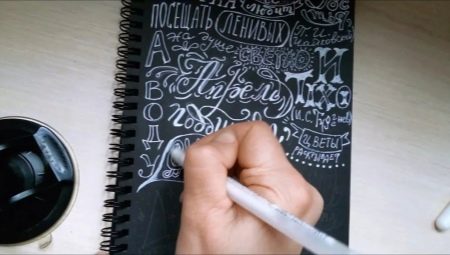
Lettering, despite its novelty (and for many incomprehensibility), surrounds us in everyday life. This word means both a beautiful label, and an unusual sign in a coffee shop, and a menu in a cafe, written in the original font on the blackboard. This includes greeting cards, prints, logos, and more.
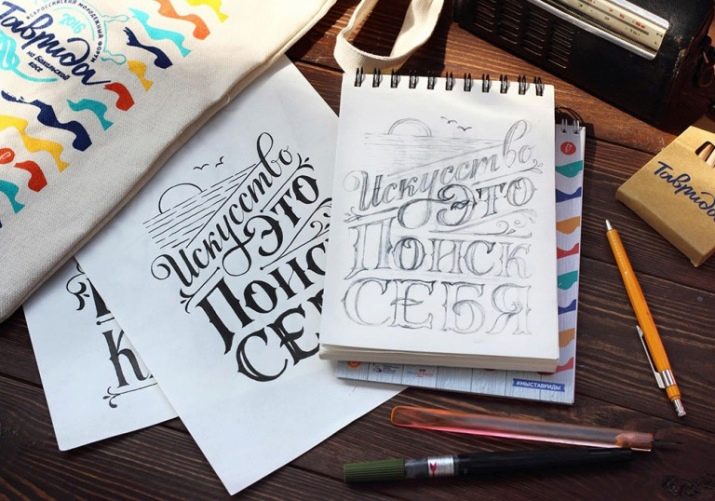
What it is?
Lettering - it is drawing, neat and beautiful lettering. Many people compare lettering and calligraphy. In fact, there is a similarity - this is the originality of the writing of letters, reflecting the mood and emotional state of the writer, emphasizing his personality and originality. But lettering is usually an art that tends to draw more.
For a long time, lettering was considered a simple direction in creativity. However, in the 2000s, it became an independent, in-demand and very well-paid type of activity.
The need for original fonts and text design is extremely high, and letterterers (the people who type them) are essential in everyday life.


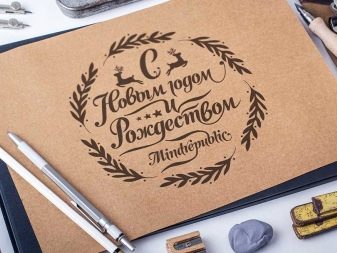
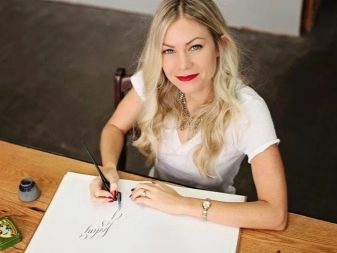
History
Lettering has a fairly long history, equal to the history of the emergence of writing. In the III century. n. NS. after improvements by the ancient Greeks, the Phoenician alphabet contained vowels and consonants. There was a tendency in their writing - they consisted of clear lines of the same thickness, each element had a simple geometric shape: round, triangular, or the shape of a line.
In the 6th century, a new style appeared in writing, which was called uncial. Now the ends of the letters began to protrude slightly beyond the upper and lower boundaries of the rows.In the period from the XI to the XII century, Gothic and Round-Gothic writing is gaining popularity.
In the period from the 13th to the 14th century (Renaissance), an antiqua font appeared, as well as the first treatise (authored by Luca Pacioli) about the structure of letters based on a square and its diagonals, as well as a circle inscribed in it.


In the future, the development of fonts only gained momentum, because they began to be created for various needs: advertising, books, newspapers. An improved Egyptian font appeared, the difference from the authentic one in that the thickness of all lines and serifs was the same. At the same time, the grotesque font appeared, in which there were no serifs at all.
In the 20th century, a whole series of fonts was developed on the basis of grotesque: futura, erbar grotesque, gill grotesque, and others. Then lettering began to develop simultaneously in all directions, gradually acquiring the features that can be observed today.

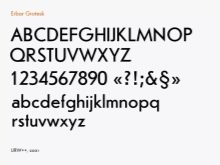
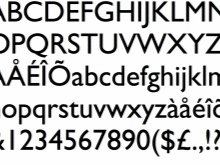
Comparison with calligraphy
A person engaged in lettering is not required to have an artistic education, but he must have a desire to do it. It also takes time for this - about half an hour every day.
Of course, the drawing skills that a person has will help to achieve success much faster, and knowledge of color, composition, perspectives will become a huge plus in the study of lettering. But do not be sad if this is not the case, because it is quite possible to study them, including on your own.
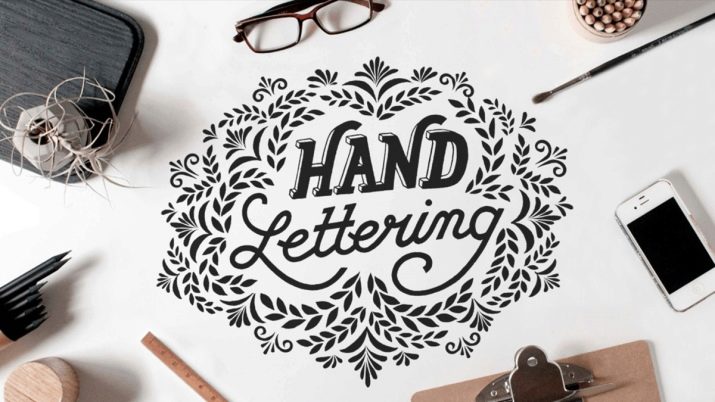
Lettering is good for beginners for several reasons. They will be discussed below.
- You don't have to wait for decades to get visible results.
- No special skills are required to learn. Composing beautiful compositions from letters is still easier than depicting flying birds or sculpting plaster heads.
- If you learn the rules for composing compositions from letters, it will be much easier, since these rules are the basis for work.
- If you practice daily for two months, you can achieve success.
Stefan Kunz and Lauren Hom are just among those who achieved world fame without having a special education. Their example can and should be inspired by those who are tormented by doubts about their own talent.


What is it used for?
How successful lettering is successful determines the money it brings. Surprisingly, the commercial success of lettering compositions depends not only on beauty, but also on being in demand, following new trends.
The main principles of commercially profitable lettering are:
- laconic composition;
- the predominance of minimalism;
- being in trend.
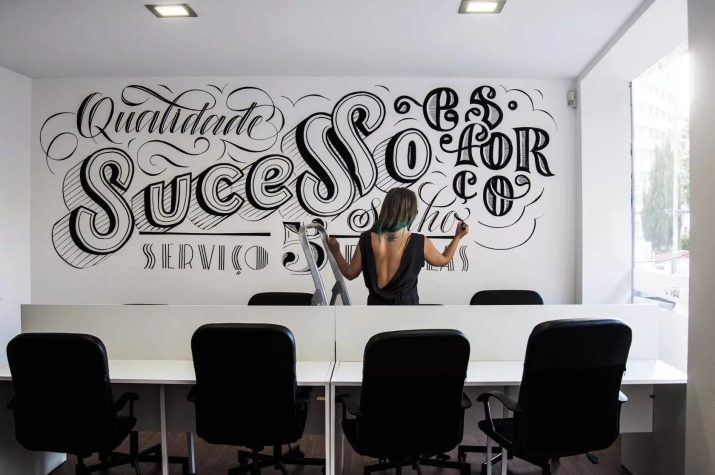
To adhere to the first two principles, you need experience, constant work. And the third factor is developed only in the process of careful study of the most popular works and analysis of which compositions are most in demand on the market.
For work to sell, it is important to know how any market functions, including the lettering market. For this reason, it is possible that the beginner's advantage will be financial, economics or advertising education rather than artistic skills. Knowing how advertising works, the market, how services are sold, it is much easier to attract customers and sell your work for a higher price.
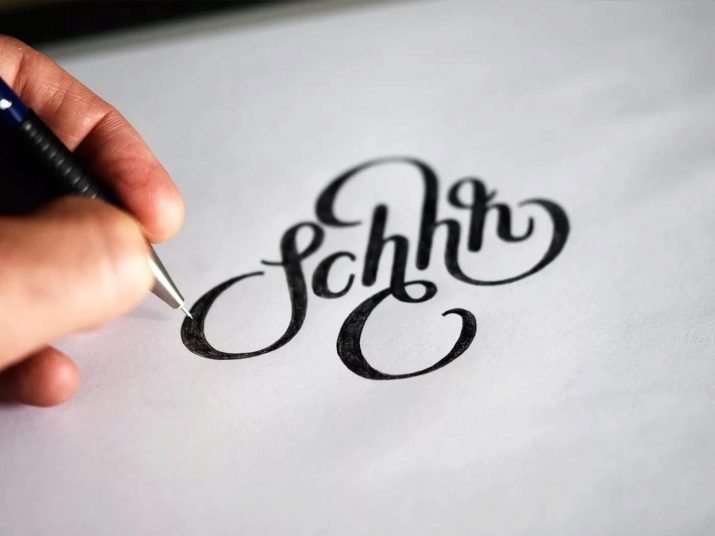
How to sell your work?
There are two ways to go:
- to exhibit works on your pages in social networks or on your own website;
- sell them through microstocks - sites where everyone can post the work they have created.
Both methods have their own pros and cons.
If it was decided to sell works through social networks or a website, you need to take into account that a person will be required to be more active in terms of his promotion. For this it is necessary to fulfill a number of requirements.
- Decide who will be the target audience. To find out, you need to decide on the area in which you want to create compositions: write inscriptions on sweatshirts and T-shirts, or create logos for brands.
- Create a so-called USP - a unique selling proposition. The USP should have something that distinguishes the performer from competing creators.
- Create an image. It may seem unimportant, but it is worth making a name for yourself by participating in marathons, events on the chosen topic, master classes, which will have a positive effect on the impression of the performer. You can launch your own online course, conclude a cooperation agreement with popular instabloggers: a person introduces a product (for example, a T-shirt with a slogan), and the blogger talks about it. This will attract a huge number of new clients.
- You need to constantly work to expand your portfolio. For potential clients, the opportunity to get acquainted with the work should be simple - no complicated links. You need to post your work on any social network where you are. It is definitely worth making a section with a portfolio on your website, regularly replenishing it - clients should see that the person is constantly working.


The advantages of this method of self-promotion is that there are no intermediaries between the performer and the clients - people negotiate directly. If you correctly set up advertising on social networks, having correctly selected the target audience, then the growth in popularity is ensured.
Among the disadvantages of the method are the need for financial investments in the development of pages in social networks and the site, as well as a certain moment of luck - the profile should be stylish and attractive, from the point of view of a potential client. The page must be updated constantly, it must not be abandoned, it must be maintained periodically, otherwise the coverage will fall and the person will not be seen in the feed.
As for microstocks, this is a great way to sell the results of your creativity, because they cover the entire range of letterheads: both eminent craftsmen and newcomers to the business.
Microstocks do not set high demands for how the work should look - for this very reason it is possible to sell your work there to beginners.



To get started, you need to follow some guidelines.
- You should register accounts on the most popular online platforms. It is necessary to study the rules on the basis of which the work is placed.
- Then you need to upload your work and wait for buyers to appear.
The main advantage of this method is that a person does not need to constantly be on the site, invest in promoting himself as a brand, or buy advertising. In addition, each work can be sold multiple times to different buyers. Hence, the disadvantage is also understandable - the competition is very high, so the portfolio needs to be updated constantly, to study trends and do work in accordance with them. We'll still have to think about our own author's style.
Ideally, you can develop sales in both directions simultaneously, then the pros and cons will balance each other and allow you to receive a stable income from lettering.
Whatever a person chooses, you need to understand that instant results are fantastic. You need to invest in yourself time, finances, work on a portfolio, and over time, the result will certainly appear.
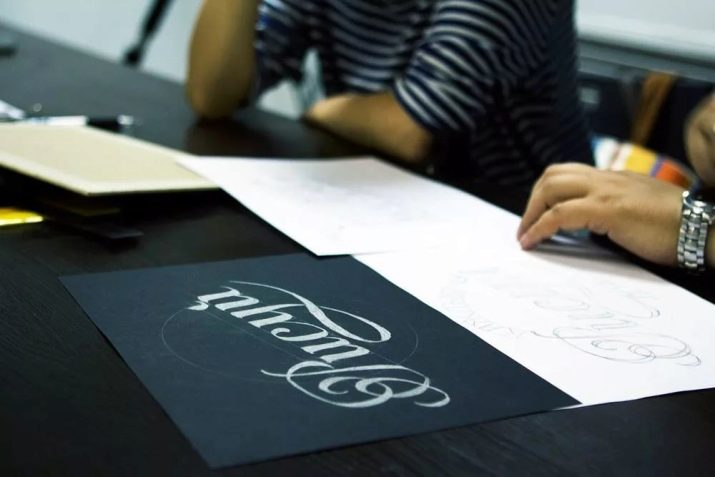
Views
There are quite a few types of lettering. They will be discussed below.
- Handlettering. Drawing letters by hand (in the literal sense of the word), more precisely, with pencils, markers. No gadgets are used.
- Brashlettering. Painting with a brush or brush pen.
- Cretaceous lettering. This is drawing letters with chalk on a black board.
- IPad lettering. Drawing on a tablet.
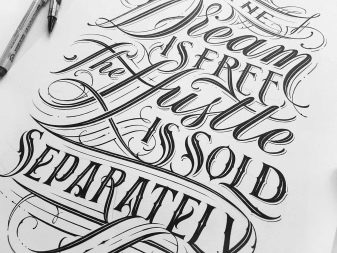



Modern calligraphy should also be noted - in it, letters are drawn with a pointed pen. This look requires a lot of patience from the person involved, as well as a calm, balanced character. For choleric people who want to see the result of their work quickly, calligraphy is likely to be difficult.
To choose your type of lettering, you should look at the pictures for each of the types and understand which one is closest to a person. It is worth trying each of the techniques - this will make it clear which of the tools is easiest for a person to work with, and which is completely impossible.
Lettering is used in branding, advertising, printing, wedding services, bar and restaurant decoration, product packaging, interior decoration, clothing slogans and many other areas of life.
Branding and advertising are, first of all, logos designed in an original way, unlike anyone else. This is a very large market, because, in addition to newly emerging companies, old business players also need rebranding and branding of new lines.
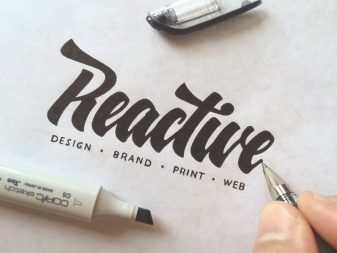

Bright and unusual packaging of goods is another very large "section" of lettering, because there are a lot of goods produced, and each of them needs the correct design, which attracts attention among analogues.
Wedding lettering has its own characteristics, because it mainly refers to the design of invitations, although this includes photo zones and a seating plan for guests. For wedding lettering, it is possible to perform not only on paper - it can be mirrors, glass, wood or slate.



In bars and restaurants, beautifully written letters are most often used to decorate the walls and bar area. It is also very common to design menus written in chalk on a black board.
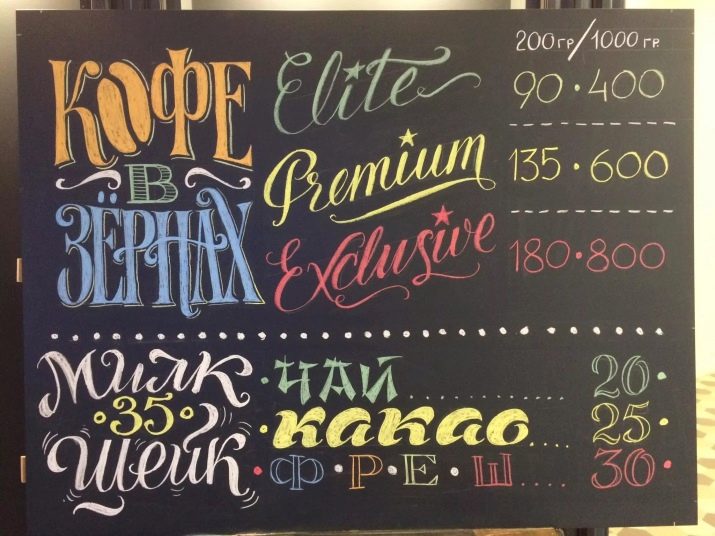
As for the interior, Lettering is popular both in the design of apartments and offices. Black letters are most often used on a white wall, but they can also be multi-colored.
As soon as a person has decided in what area he wants to develop in lettering, he will immediately understand his target audience and where to look for potential clients.



Tools and materials
When choosing tools and materials, you need to think about what lettering is for. If a person just wants to draw fonts for himself, for friends, then there is no need to buy expensive tools for professional artists right away. If he plans to earn this, then it makes sense to fork out.
However, those who have worked with professional tools at least once note how convenient they are. The result is better.
What a beginner needs to work is described below.
- A simple pencil of increased softness, for example, 2B. If a person is used to pressing hard on a pencil, then it is worth taking HB.
- Soft eraser, which needs to be chosen so that it erases pencil lines with high quality, without smearing them.
- Sketchbook or drawing paper - the taste.
- Markers, colored pencils or a set of pens. They need to mark the contour or paint the letters.
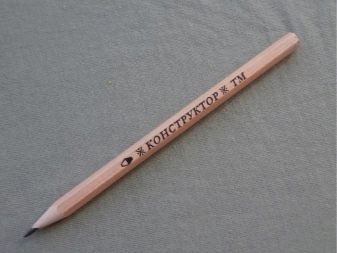
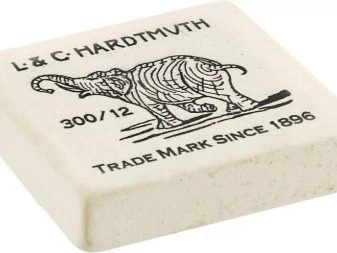
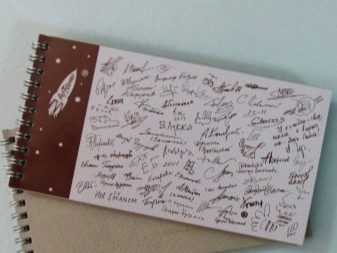

If a person has set out to monetize a blog, then it is better to get a professional set. It includes the items described below.
- Soft pencils.
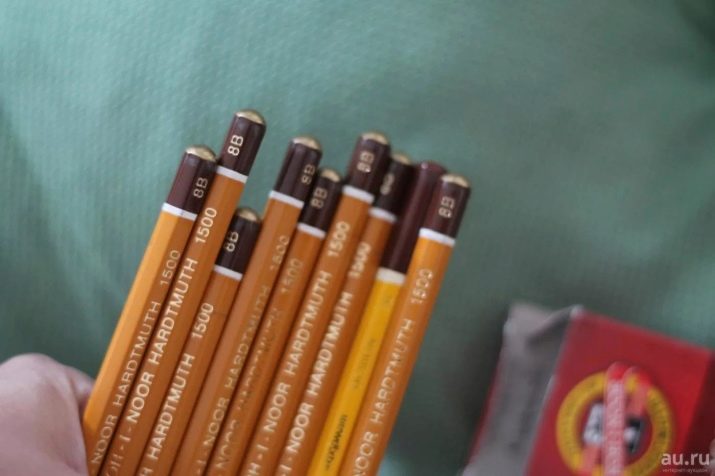
- Soft and streak-free eraser.
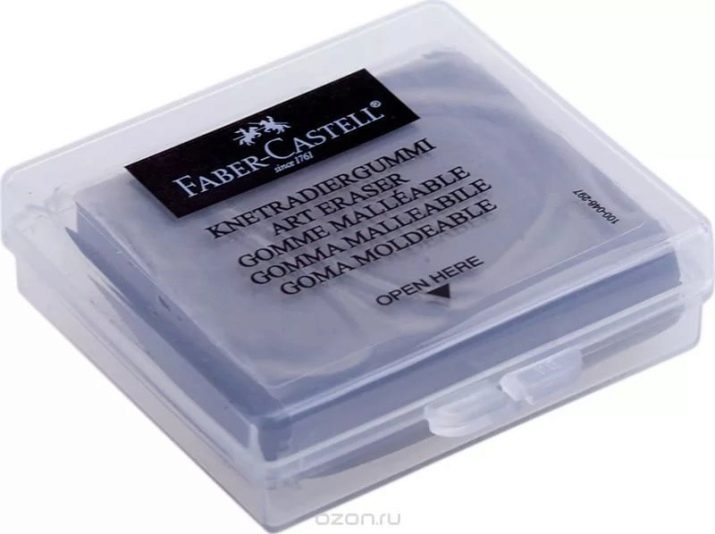
- A set of liners for tracing the contours. They are selected based on preference. You can draw with thick or thin lines.
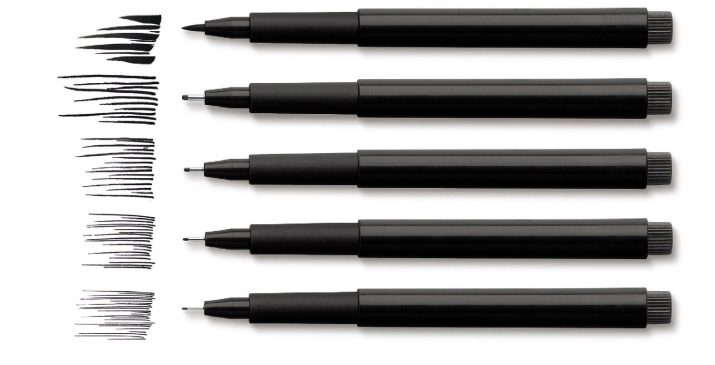
- Brashpen. This tool has two tips, with a felt-tip pen on one side and a brush on the other. The first is good for outlining or painting letters, and the second for painting with a brush.
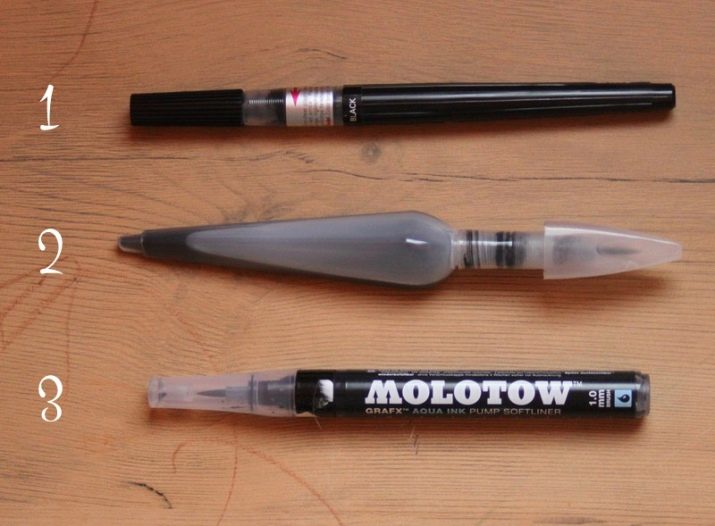
- Brushpen with only one brush, no felt-tip pen. It is much more difficult to master, it is not suitable for beginners. However, it is with its help that the most trendy fonts with various lines are created.
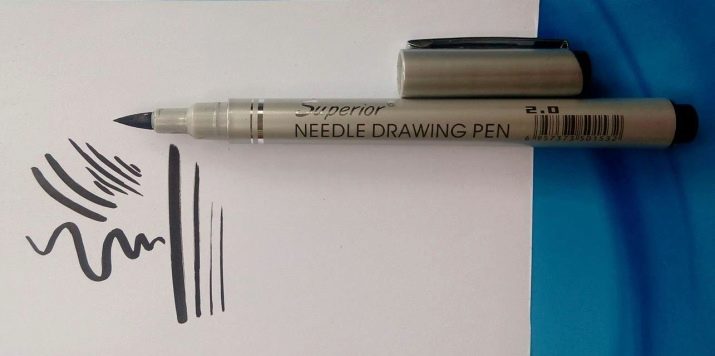
- Plain office paper, but not thinner.

To begin with, this will be enough, and with experience, a person himself will understand what tools he needs in addition to the existing ones, and will assemble a kit that suits him.
How to learn?
The difference between lettering and calligraphy is that in the first case, the letter design is created, invented and drawn, and in the second, it is simply written neatly and carefully. To create a font design, you need to come up with not only the alphabet, but also numbers and other signs.Lettering is an extremely creative and laborious business.
Experienced letterers recommend studying theory not before starting practice, but interspersed with it: you need to study some concept or technique, and then immediately fix it with a drawing.
The theoretical basis for self-study is as described below.
- The history of the development of writing, the basics of calligraphy, the history of fonts. Within the framework of this section, the works of Villa Toots, Leonid Pronenko, Vladimir Favorsky, Albert Capra are studied. As additional reading - works on paleography.

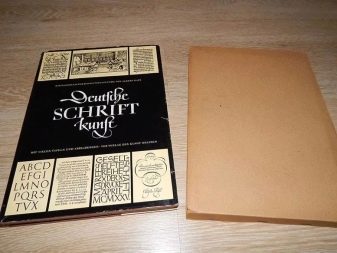
- Study of the structure of letters. Works by Alexandra Korolkova and Yuri Gordon are suitable for this topic.
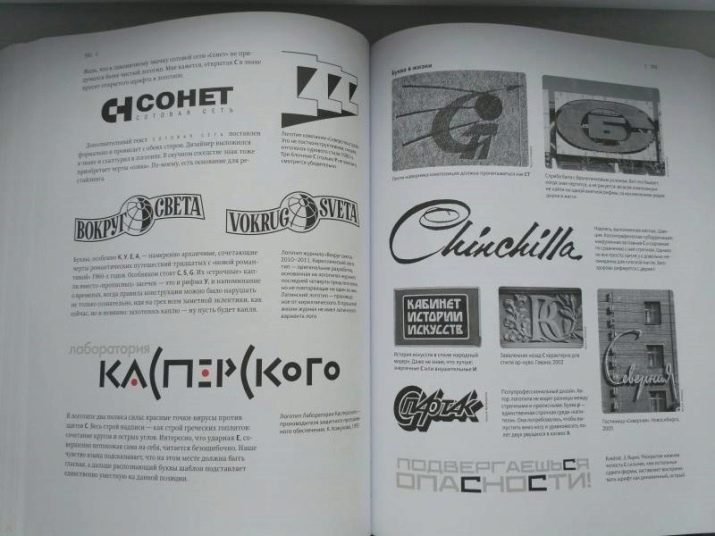
- Learning about shape and typography - works of Johannes Itten, Emil Ruder.
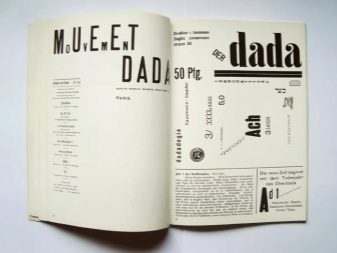
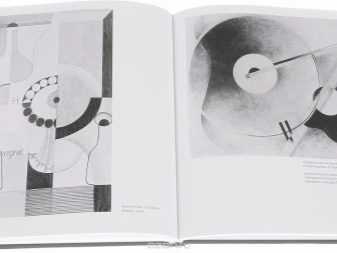
- Composition basics - the work of Galina Logvinenko "Decorative composition".


Many people mistakenly believe that in the absence of 3-4 hours a day for lettering, it is not worth starting. Regular classes, even for half an hour every day, are sure to be beneficial. But a lesson once a week will not be effective, even if it lasts several hours.
For the beginning of the practice, recipes are suitable - they are ideal for "stuffing" the hand. But these are not the recipes for first-graders that everyone saw at school, but special ones for lettering - there are quite a few of them on the Internet. In lettering, the methods and types of writing letters very often differ from the classical ones, each of them should be compositionally attractive. You need to prepare for the fact that a person will exhaust a lot of notebooks before something starts to turn out well.
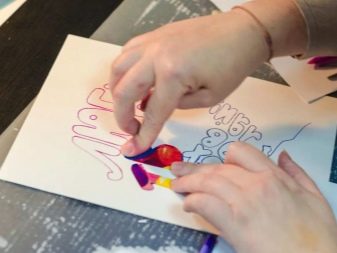

Self-study is not bad, but to get feedback, exchange experiences and, of course, improve the quality of work, it is better to enroll in courses. If there are no them in the city or there is no time to visit them, then you can sign up for online training courses. It is necessary to choose a practicing teacher who has solid experience in selling his works and an excellent reputation among letter-specialists.
In addition to learning the art of lettering directly, it makes sense to listen to or watch lectures, seminars, webinars on composition, color, form, typography, as well as sales and advertising.
Developing your own unique style is a matter of time and practice. The more a person practices, the more interesting and high-quality the work becomes.
How to learn how to draw lettering, see below.







